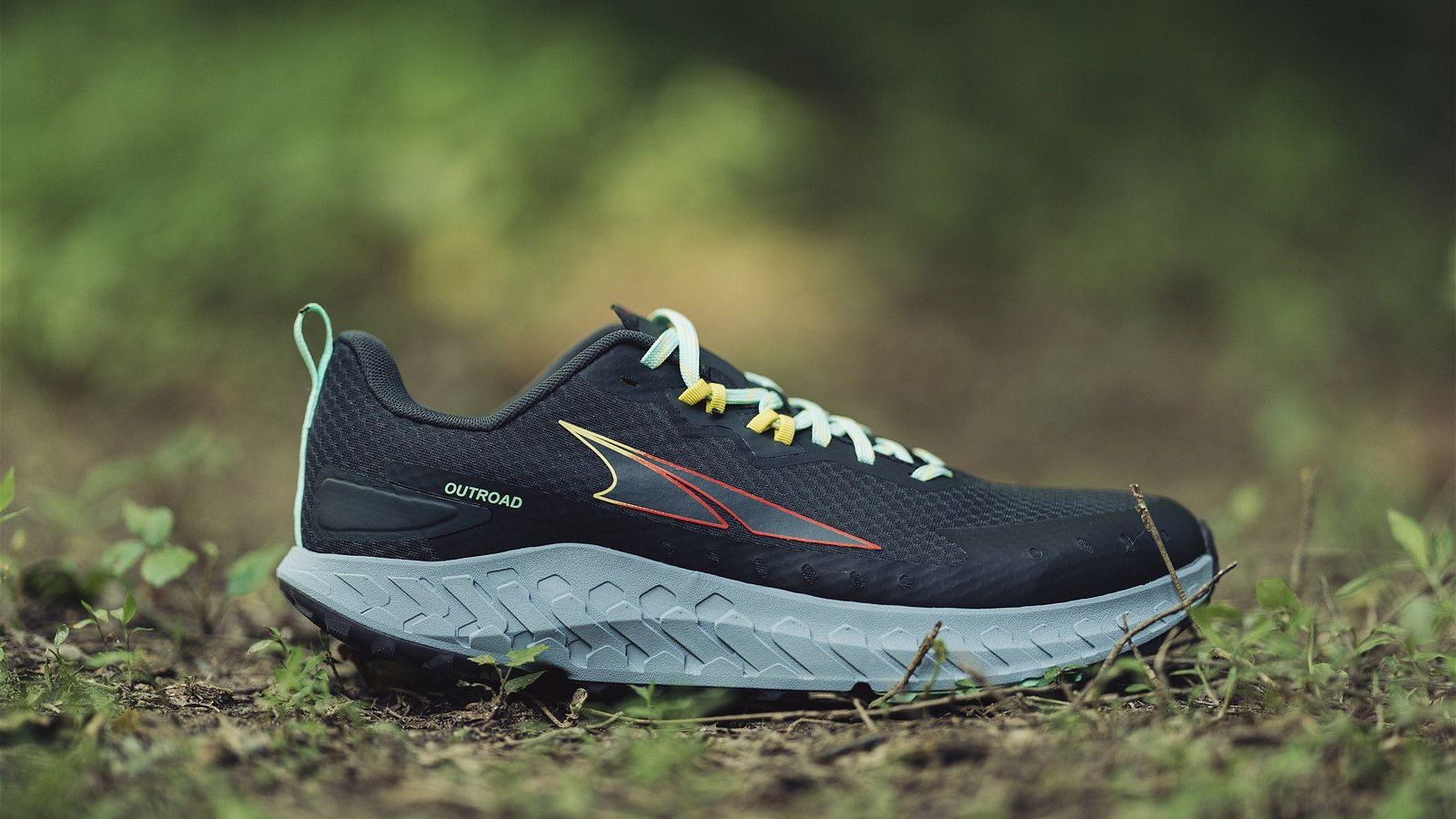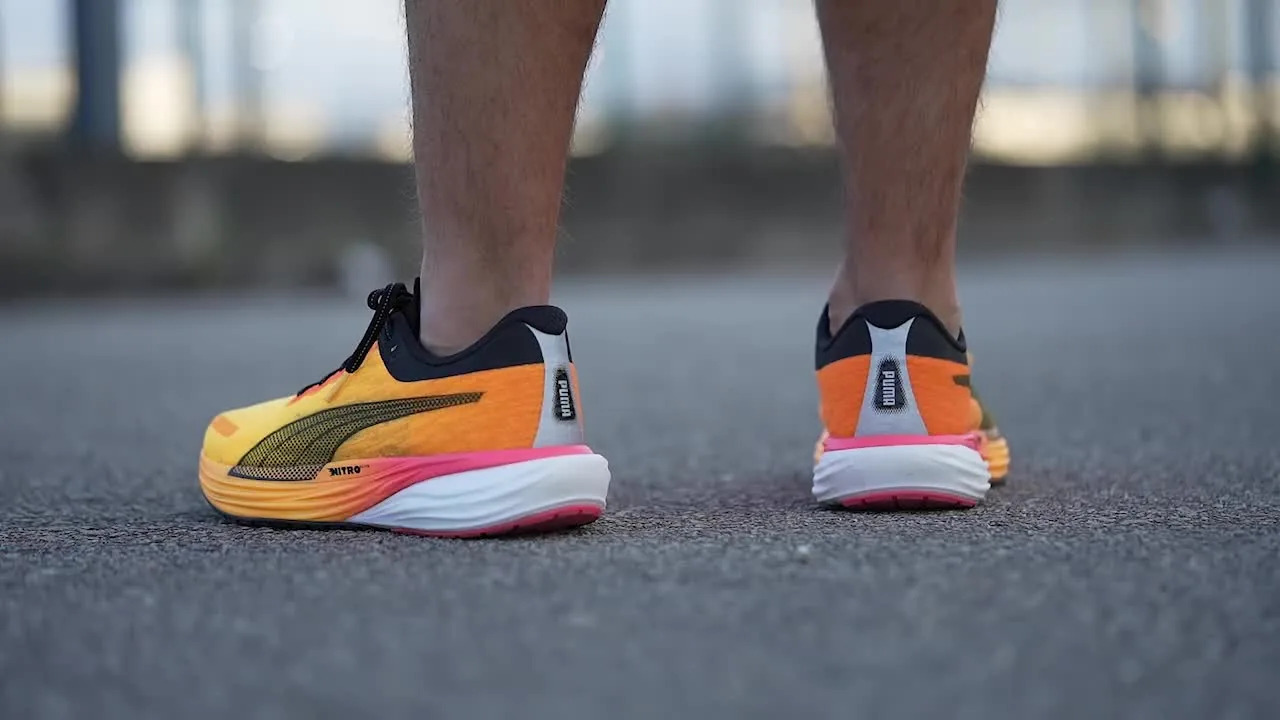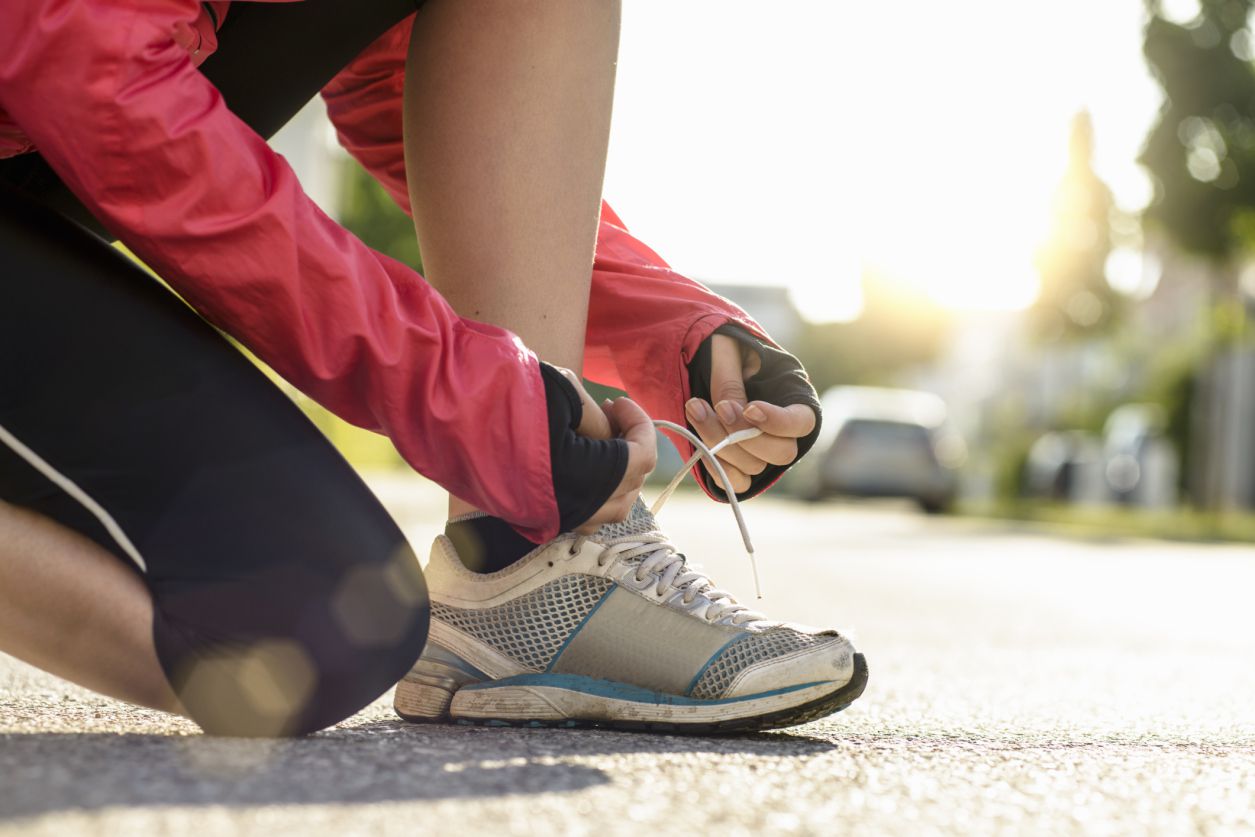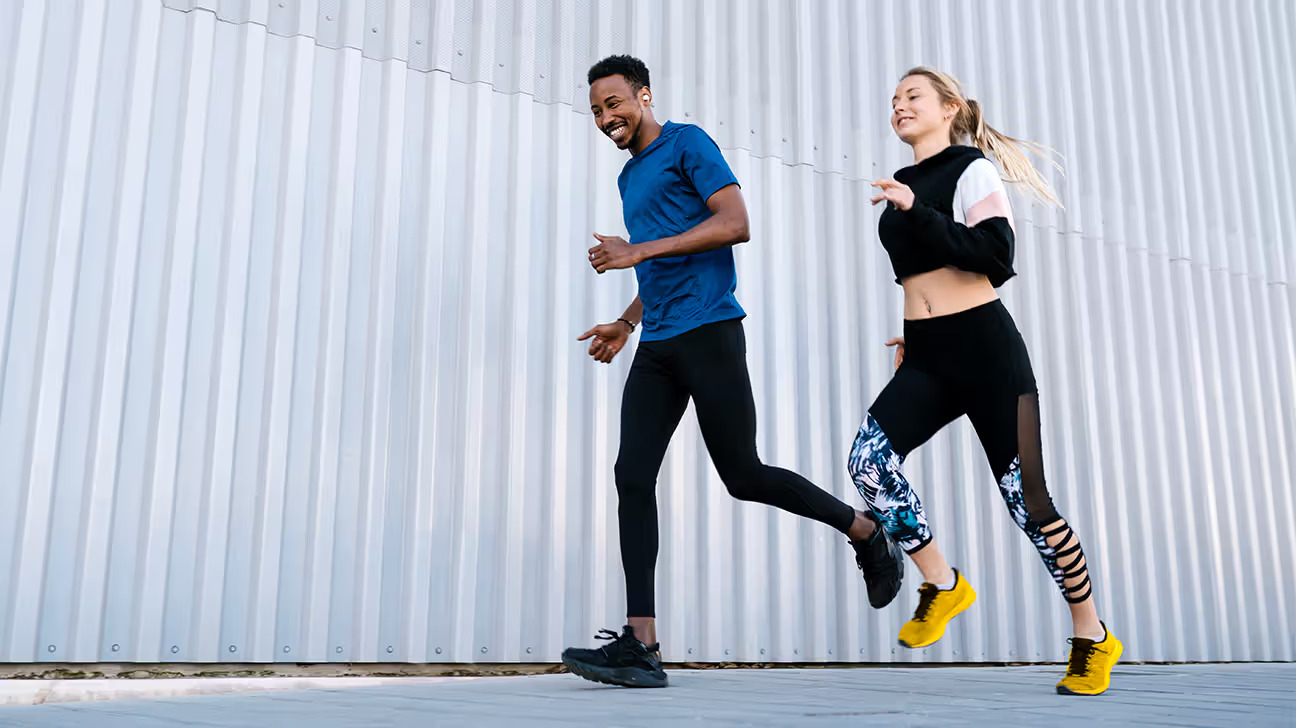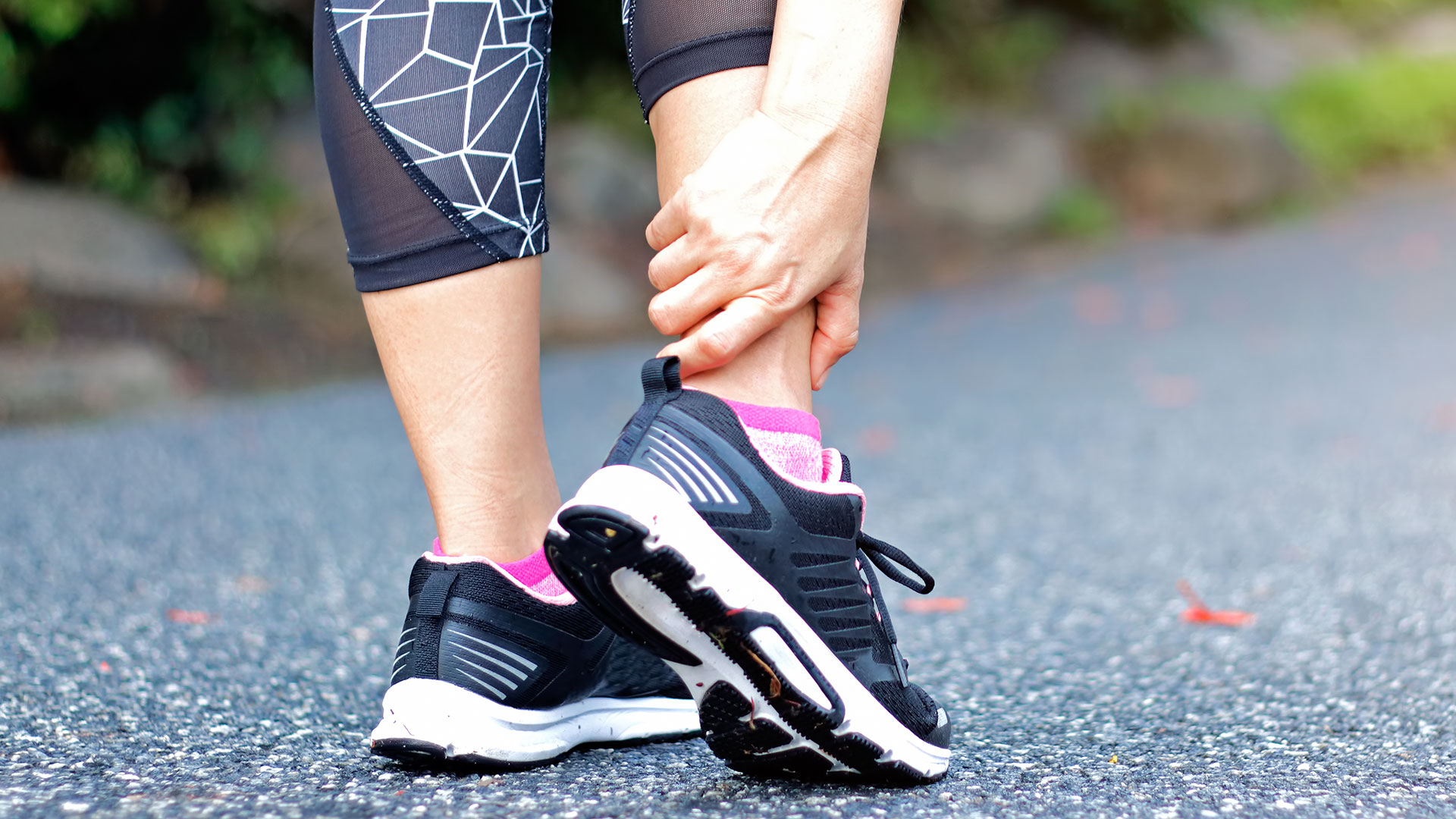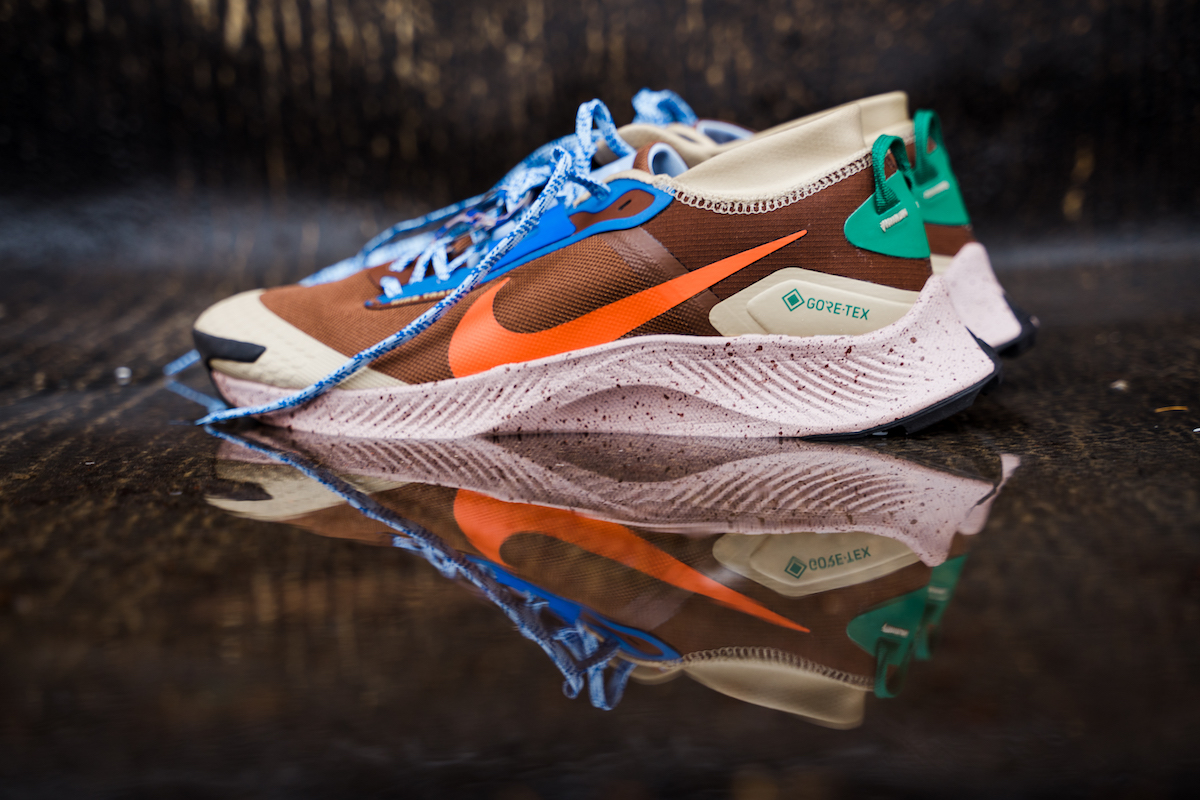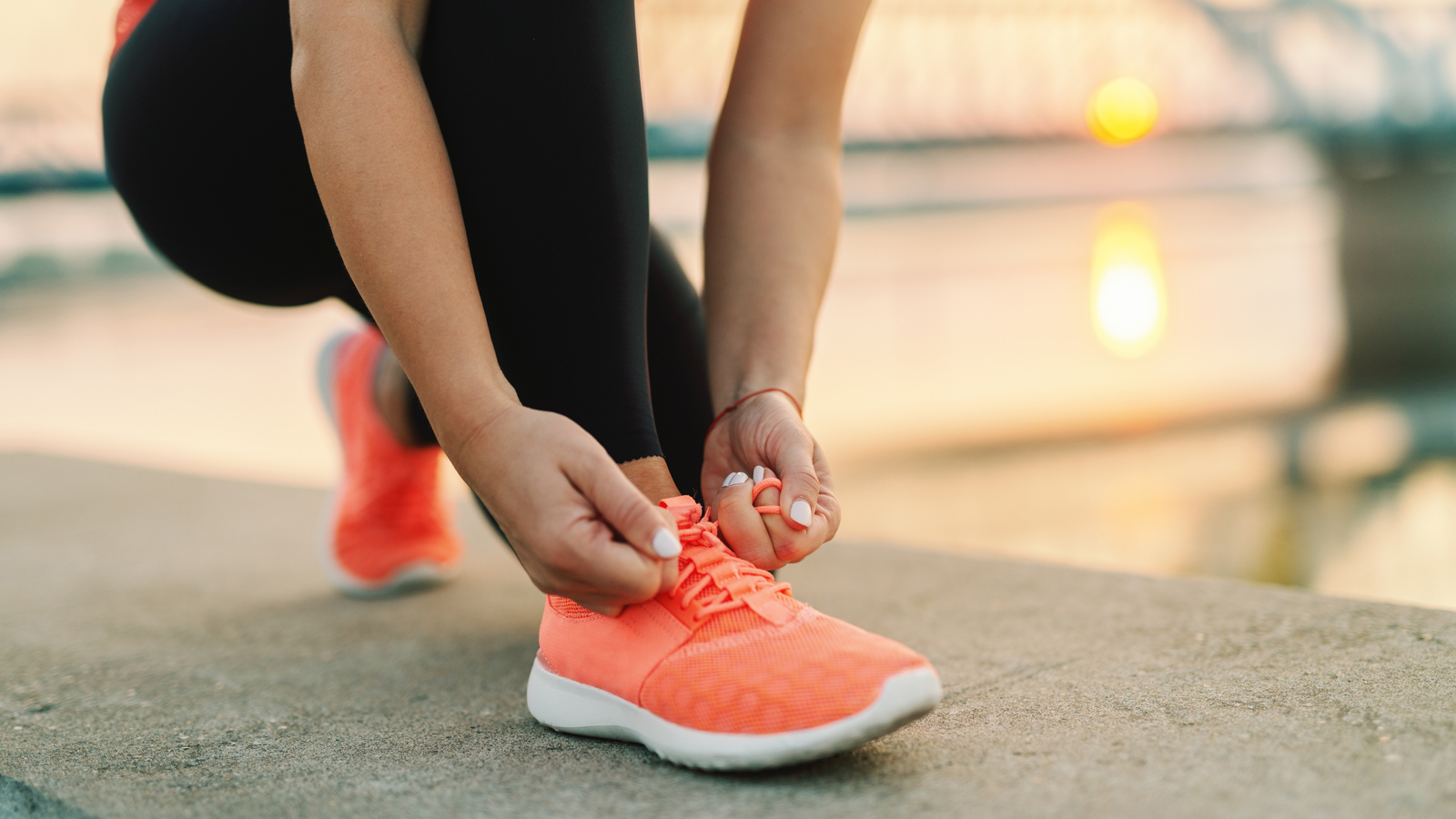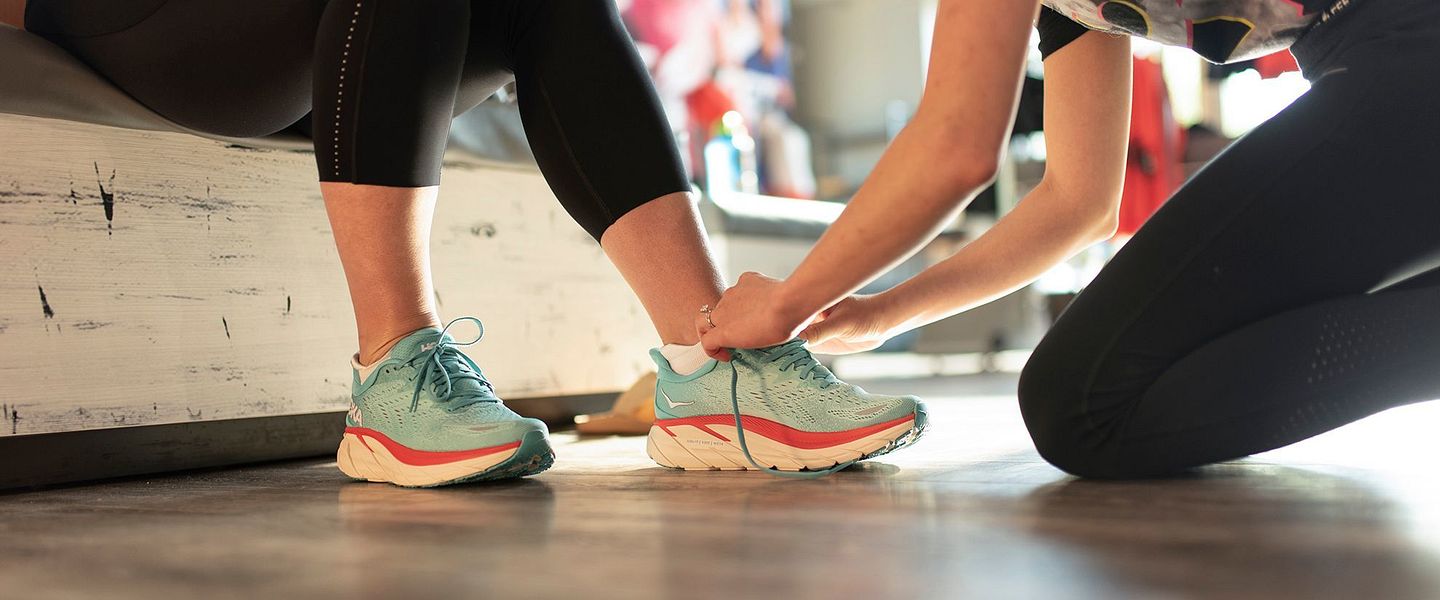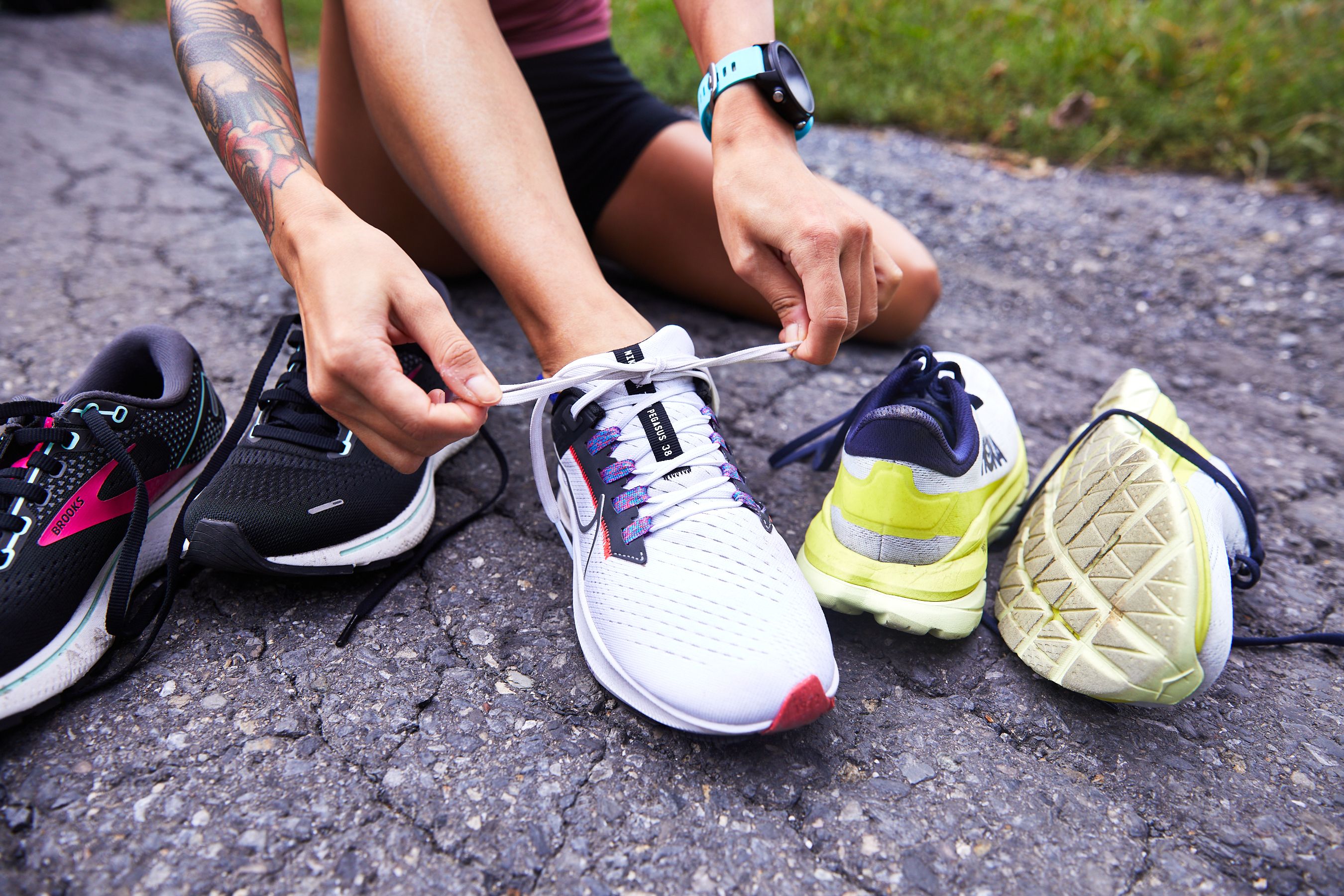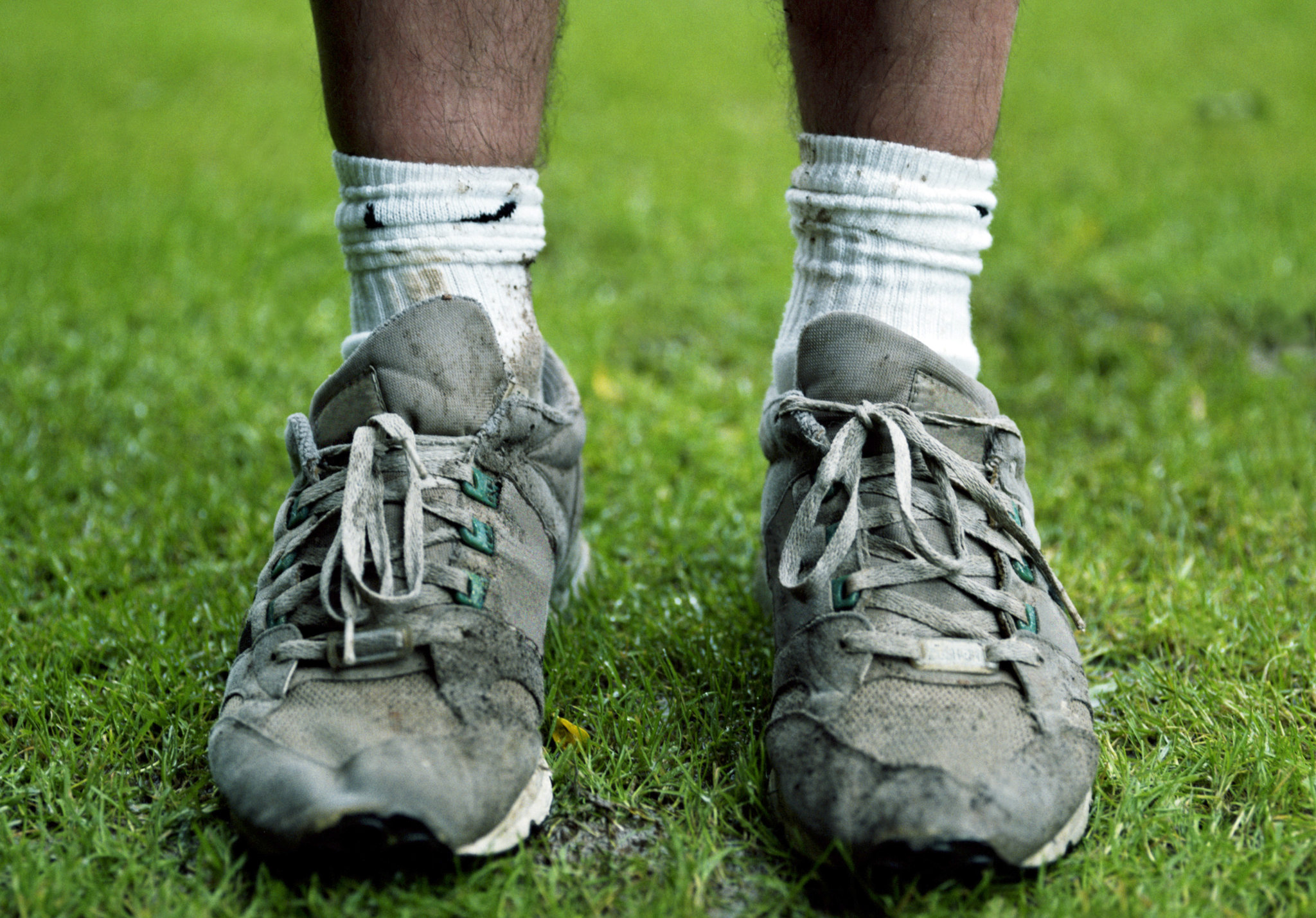

Featured
How Long Do Running Shoes Last
Modified: January 2, 2024
Discover how long running shoes typically last and find out the key factors that can affect their lifespan. Check out our featured article to ensure you're getting the most out of your footwear.
Introduction
When it comes to running, having the right pair of shoes is crucial for comfort, performance, and injury prevention. However, like any other piece of athletic equipment, running shoes have a limited lifespan. Over time, the cushioning and support that once provided a smooth and comfortable stride start to wear out, potentially leading to discomfort and even injuries.
Understanding the lifespan of running shoes is essential for every avid runner. While there is no one-size-fits-all answer to how long running shoes last, several factors can affect their durability. From the type of running surface to your body weight and running style, various elements play a role in determining how quickly your shoes will wear out.
In this article, we will explore the factors that influence the lifespan of running shoes and how to identify signs of wear and tear. Additionally, we will provide you with tips on how to extend the life of your running shoes, as well as when to replace them to ensure you continue enjoying a comfortable and safe running experience.
So, whether you are a seasoned marathon runner or just starting on your fitness journey, read on to discover everything you need to know about how long running shoes last and how to get the most out of your footwear investment.
Factors Affecting the Lifespan of Running Shoes
Several factors contribute to the overall lifespan of running shoes. Understanding these factors can help you better gauge how long your shoes will last and when it’s time to replace them. Let’s take a closer look at some of the key factors:
- Running Surface: The type of surface you primarily run on can significantly impact the wear and tear on your shoes. Softer surfaces, such as grass or trails, are generally more forgiving and less abrasive on the shoe’s outsole compared to concrete or asphalt.
- Running Frequency: How often you run also plays a role in the lifespan of your shoes. If you are a dedicated runner who hits the pavement several times a week, your shoes will naturally wear out faster compared to someone who runs sporadically.
- Body Weight: Your body weight affects the overall impact and stress placed on your shoes. Heavier individuals tend to experience more wear on the shoes’ cushioning and support, which may result in a shorter lifespan.
- Running Style: Each runner has a unique running style and gait, which can have an impact on shoe lifespan. Some runners have a tendency to overpronate or underpronate, placing uneven stress on certain areas of the shoes. This can lead to faster wear and tear in specific regions.
- Care and Maintenance: How you take care of your running shoes can also influence their longevity. Regular cleaning, proper storage, and allowing your shoes sufficient time to dry after workouts can help prevent premature breakdown of materials.
It’s important to note that these factors are not independent of each other and can interact in complex ways. For example, a runner who frequently runs on a hard surface, has a heavier body weight, and has an overpronation tendency may experience faster wear on their shoes compared to a lighter runner who primarily runs on trails. Understanding your unique circumstances will help you gauge shoe lifespan more accurately.
By being aware of these factors, you can better assess how long your running shoes will last and make informed decisions about when it may be time to invest in a new pair. In the next section, we will discuss the signs to look for that indicate your shoes are wearing out.
Signs of Wear and Tear
As your running shoes age and accumulate miles, they will eventually show signs of wear and tear. Recognizing these signs is crucial for determining when it’s time to retire your old pair and invest in a new one. Here are some common indicators that your running shoes are wearing out:
- Decreased Cushioning: One of the most noticeable signs of worn-out running shoes is a loss of cushioning. If you start to feel more impact and discomfort with each step, it may be a sign that the midsole cushioning has deteriorated over time.
- Uneven Wear Patterns: Take a look at the outsole of your shoes. If you notice uneven wear patterns, such as excessive wear on one side or specific spots, it could indicate an issue with your running gait, or it may be a sign that the shoe’s support and stability features have worn down.
- Visible Creasing: Over time, running shoes can start to develop visible creases on the upper material. While some creasing is natural, excessive creasing may indicate that the shoe has lost its structural integrity and may no longer provide adequate support.
- Worn Out Tread: The tread on the outsole is responsible for providing traction and grip. If you notice significant wear on the tread, especially in areas where you normally strike the ground, it can affect your stability and increase the risk of slipping.
- Persistent Discomfort or Pain: If you experience persistent discomfort or pain during or after your runs, and it’s not due to an injury or overexertion, it could be a result of worn-out shoes. As the cushioning and support diminish, your feet may not be adequately protected, leading to discomfort and possibly even injuries.
It’s important to pay attention to these signs and not ignore them. Continuing to run in worn-out shoes can increase the risk of foot, ankle, and leg injuries. Regularly inspecting your shoes for these signs of wear and tear will help you determine when it’s time to replace them.
Next, we will discuss some effective strategies to extend the lifespan of your running shoes and maximize their durability.
How to Prolong the Lifespan of Running Shoes
While running shoes have a limited lifespan, there are various steps you can take to maximize their durability and extend their use. By implementing these strategies, you can get the most out of your investment and ensure that your shoes provide optimal performance and support. Here are some ways to prolong the lifespan of your running shoes:
- Rotate Your Shoes: Consider having multiple pairs of running shoes and rotating them. By alternating between shoes, you allow each pair to have ample time to recover and regain their cushioning and support. This helps prevent excessive wear and extends the lifespan of each pair.
- Avoid Excessive Moisture: Moisture, such as sweat or rain, can degrade the materials of your shoes and lead to faster wear. Always allow your shoes to dry thoroughly after each run, and if they become wet, stuff them with newspaper to absorb moisture and facilitate drying.
- Properly Store Your Shoes: When not in use, store your running shoes in a cool, dry place. Avoid leaving them in hot and humid conditions, as this can cause the materials to break down more quickly. Additionally, avoid stacking heavy objects on top of your shoes, as this can distort their shape.
- Protect Your Shoes During Travel: If you travel with your running shoes, protect them by using a shoe bag or wrapping them in a soft cloth. This helps prevent unnecessary damage while they are packed in your suitcase or bag.
- Regularly Clean Your Shoes: Keep your shoes clean by regularly removing dirt and debris. Use a soft brush or cloth to gently scrub away dirt from the outsole and upper. For stubborn stains, a mixture of mild soap and water can be used. Avoid machine washing or drying your shoes, as this can damage the materials.
- Replace Insoles: Consider replacing the insoles of your running shoes periodically. Insoles tend to compress over time, so replacing them can help restore some of the cushioning and support that may have diminished.
Implementing these practices will help you maintain the quality and performance of your running shoes for a longer period. However, it’s important to remember that even with proper care, running shoes will eventually wear out. In the next section, we will discuss when you should consider replacing your running shoes.
When to Replace Your Running Shoes
Knowing when to replace your running shoes is crucial for maintaining a comfortable and injury-free running experience. While the exact mileage at which you should replace your shoes varies depending on factors like your running style, body weight, and shoe quality, there are some general guidelines to consider. Here are a few indicators that it may be time to invest in a new pair of running shoes:
- Mileage: On average, running shoes last between 300 to 500 miles, but this can vary depending on the factors mentioned earlier. Keep track of your mileage and consider replacing your shoes once you reach the upper end of this range.
- Visible Signs of Wear: If you observe significant wear and tear, such as a worn-out outsole, flattened cushioning, or torn upper materials, it’s an indication that your shoes have reached the end of their lifespan.
- Increasing Discomfort or Pain: If you start experiencing new or increasing discomfort, pain, or fatigue during or after your runs, it may be a sign that your shoes are no longer providing the support and cushioning your feet need.
- Changes in Performance: If you notice a decline in your running performance, such as decreased speed or increased effort, and there are no other plausible explanations, it could be due to worn-out shoes affecting your mechanics and gait.
- Excessive Lateral or Medial Movement: When your shoes lose their stability and support, you may notice increased movement side-to-side or excessive rolling inwards or outwards while running. This can increase the risk of injuries and is a sign that your shoes need replacing.
It’s important to be proactive and replace your running shoes before they become completely worn out. Continuing to run in shoes that no longer provide adequate support and cushioning can lead to discomfort, a higher risk of injuries, and hinder your performance ultimately.
Remember, these are general guidelines, and your individual circumstances may influence when you need to replace your shoes. Pay attention to the signs mentioned above and trust your instincts. If you feel it’s time for new shoes, it’s best to invest in a fresh pair that will support your running needs effectively.
Now that you understand when and why you should replace your running shoes, let’s sum up the key points in the concluding section.
Conclusion
Having the right pair of running shoes is essential for a comfortable and safe running experience. Understanding the factors that affect the lifespan of running shoes, such as running surface, frequency, body weight, running style, and maintenance, is crucial for determining how long your shoes will last. Additionally, recognizing the signs of wear and tear, such as decreased cushioning, uneven wear patterns, and worn-out tread, is important for knowing when to replace your shoes.
To maximize the lifespan of your running shoes, it’s essential to take steps to prolong their durability. This includes rotating your shoes, avoiding excessive moisture, properly storing them, and regularly cleaning them. By implementing these strategies, you can extend the life of your shoes and maintain their performance and support.
However, it’s inevitable that running shoes will eventually wear out. Pay attention to indicators like mileage, visible signs of wear, discomfort or pain, changes in performance, and excessive movement. When these signs become apparent, it’s time to invest in a new pair of running shoes to continue enjoying a comfortable and injury-free running experience.
Remember, the guidelines provided in this article are general in nature, and your individual circumstances and preferences may vary. Trust your instincts and listen to your body when it comes to determining when to replace your running shoes.
By staying proactive and taking proper care of your running shoes, you can ensure that they serve you well throughout your running journey. So lace up, hit the pavement, and enjoy the countless miles ahead with the right pair of running shoes on your feet!
